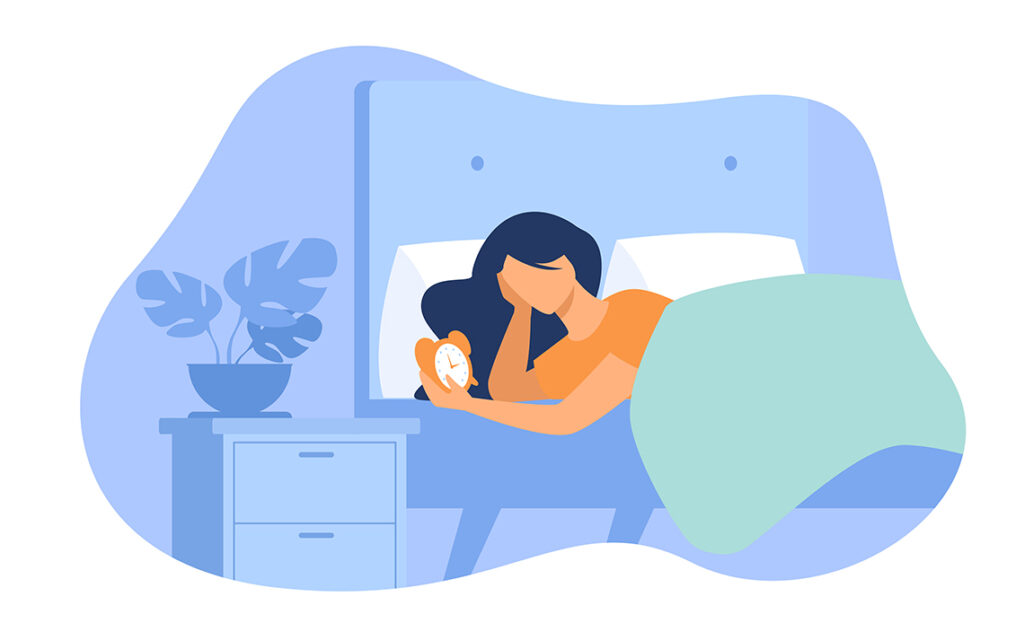Dr. Kate Truitt starts by asking us, “Have you ever been starting to go to bed, but your brain gets fixated on something from earlier?” She then explains that this usually occurs when something anxiety- or stress-provoking occurs, or when we are focusing on an important future task. Our brain is hard-wired to do this, which can keep us awake when we’re trying to sleep.
Next, Dr. Kate shares her favorite tool for calming our amygdala out of that ruminating cycle: CPR for the Amygdala. If we can calm our brain down, it can help our brain and our body get to sleep quickly. She recommends using the version of CPR for the Amygdala which utilizes breath focus. She then walks us through some breathwork exercises. She explains that it’s best to give our brain a new quandary to focus on so that our brain doesn’t get distracted again. What if I was sleepy? Does sleepiness have a shape? A color?
To wrap up, Dr. Kate suggests a gentle body scan. From the top of our head to our toes, we breathe in and out, releasing any remaining tension as we exhale.













